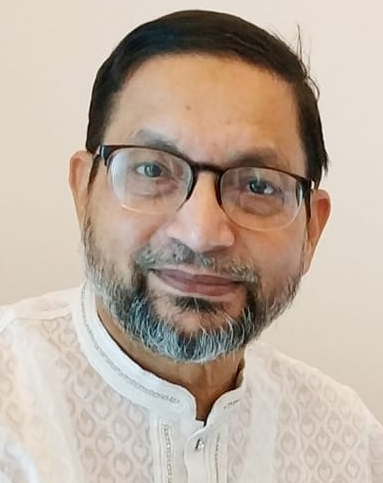Contemporary thoughts for Bangladesh to achieve universal eye health
Strong, effective and quality leadership in eye-care sector is the call of the hour

(Continued from last day’s section)
In Bangladesh, from supply side a unique health infrastructure pyramid from community level to national level exists. However, eye health care has not yet been integrated into community level. With the planning of 200 vision center and initiation of sub-district level based vision center by the government, National Eye Care has created a hope of quality eye care services at the sub-district level. However, the missing link is the presence of a district level eye care unit at the district hospital.
Currently, NGOs are supplementing and complimenting the eye care services and largely covering through organizing outreach camps, school screening and vision centers. With the government initiative, eye care should be reinforced through integration from the community level by the health and family welfare frontline workers of the health and family planning department, community clinic, union health and family welfare center.
As decentralization of health services are yet to happen, with the current National Eye Care plan we can still strengthen the existing systems where both government and NGOs can plan together to have the following key plan of actions for a sustainable solution in eye care
services:
-National level monitoring and advisory committee (with a specific TOR) to ensure District level monitoring progress periodically – The committee will have a plan of actions for the district level and will address any policy implications to support the actions related to eye care implemented at the district level.
-District level committee (with specific TOR) – Universal Eye Health (UEH) Committee (replacing existing vision 2020 committee) could be formed for materializing the District Eye Care Plan. The committee should associate with the government, NGO, Civil Society Organizations and media. This committee should also have a detailed plan of actions, district performance monitoring plan for reviewing the progress, gaps, issues and follow up.
The NEC through this process will be informed about the existing gaps and needs of the district both from supply and demand side perspectives to address through available government resources under NEC operational plan. However, the gaps and needs would be key to complement and supplement to strengthen government’s efforts to operationalize the five year NEC operational plan.
-At the Upzila level, NEC has a plan to establish at least 200 vision centers and it is also important to mention that in Bangladesh development NGOs are contributing significantly to reach out the communities to deliver eye care services. Considering the population in each Upzila, at least 3-4 vision centers (according to population coverage 1 Vision center can cover 100,000 people) would be adequette to address eye care needs of the Upzila population.
Since the government has a plan to establish 200 vision centers, NGOs should complement and supplement to set up more to reach out the total communities. This can only be achieved if the vision center technician/ophthalmic personnel with skills of refraction are trained and recognized by the national council/body which is currently absent.
Other sectorial collaboration for eye care towards UEH: Initiatives have been taken to integrate eye care into primary health care, school health, maternal, neonatal and child health, non-communicable disease control program etc. which are the key to further strengthen the eye care services. Since eye health can have impact on several other sectors such as RMG and Transport sector, there are scope and opportunities engage with relevant stakeholders for planning through NEC and DGHS support.
We all know that for UEH coverage we must address inequity in eye health. The first and foremost job is to better target the poorest, vulnerable, and most marginalized groups etc., and that is possible if we could engage the local government along with development NGOs because of the strong presence at the grassroots. This will be possible through the instrument like district eye care planning process and following the levels of services, structures and compliances of policies described earlier.
The second most important action would be to expand the already tested and proven models of government’s Health Protection Scheme. In eye care there are other models available e.g., In India, the people with Below Poverty Line gets the free cataract surgery support from the selected government and NGO eye hospital facilities and the money is reimbursed (Rs. 2,000 Tk per eye).
The budgetary increase is essential as we must release out of pocket (OOP) expenses from the poorest of the poor people and at the same time, we are to ensure that all people irrespective of poor, vulnerable, ethnic and marginalized status are not falling into poverty trap because of the expenditure they have spend in eye surgeries or laser or injections etc. The government’s Health Protection Scheme can help a lot as we do not have yet established health insurance to address eye health issues.
We do not have time as we are already stepping 2021 and we have commitment to achieve SDGs in 2030 and under the health sector, eye health is one of the critical sub-sectors which needs a collaborative and coordinated approach. The strong, effective, and quality leadership in eye-care sector is the call of the hour. We should all be ready for working together to address the “Missing Links” in eye care services and drive proactively to achieve UEH to significantly contribute to SDGs directly.
(Concluded)
Dr. Munir Ahmed is Country Director of Orbis International and a Public Health Management Specialist.




